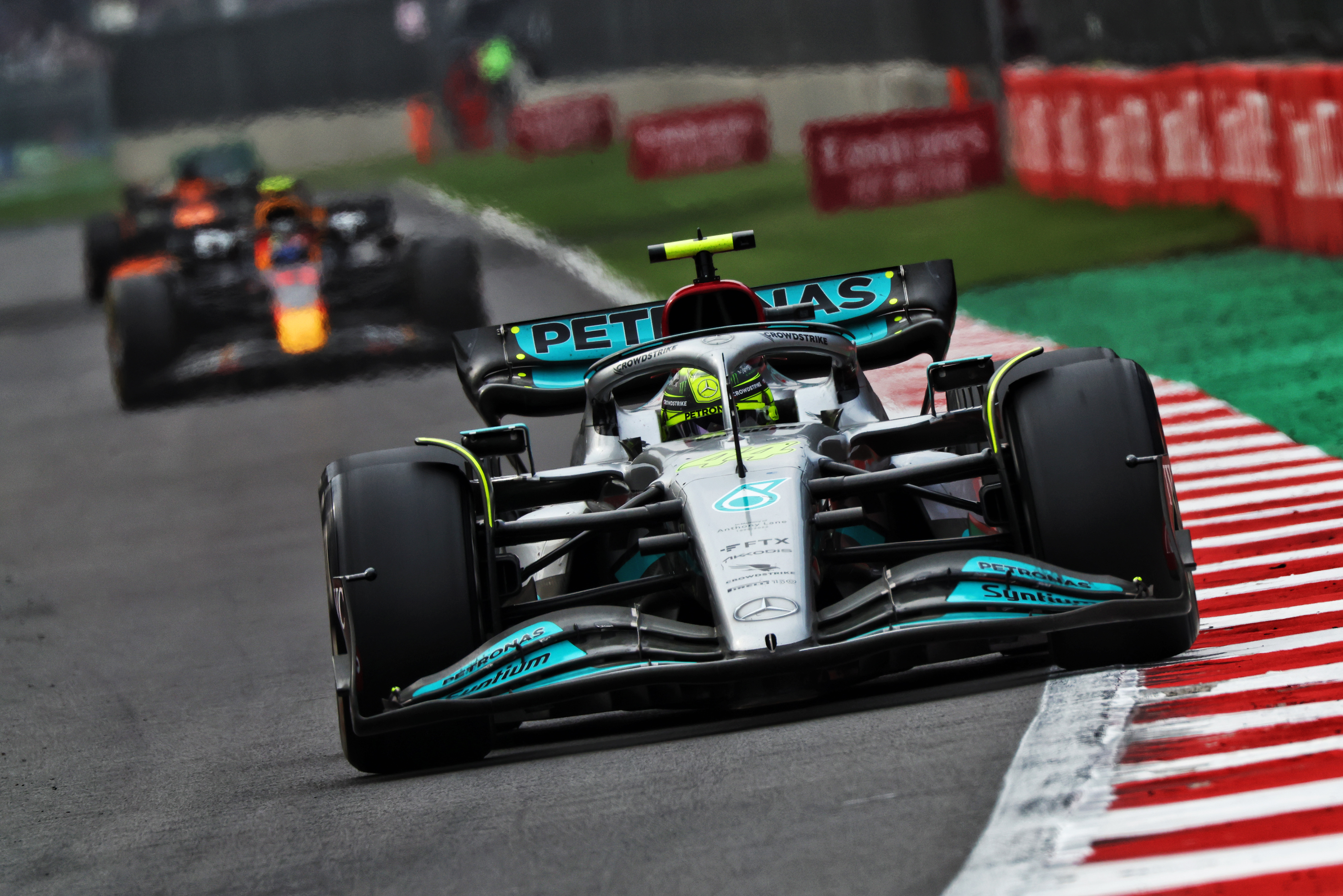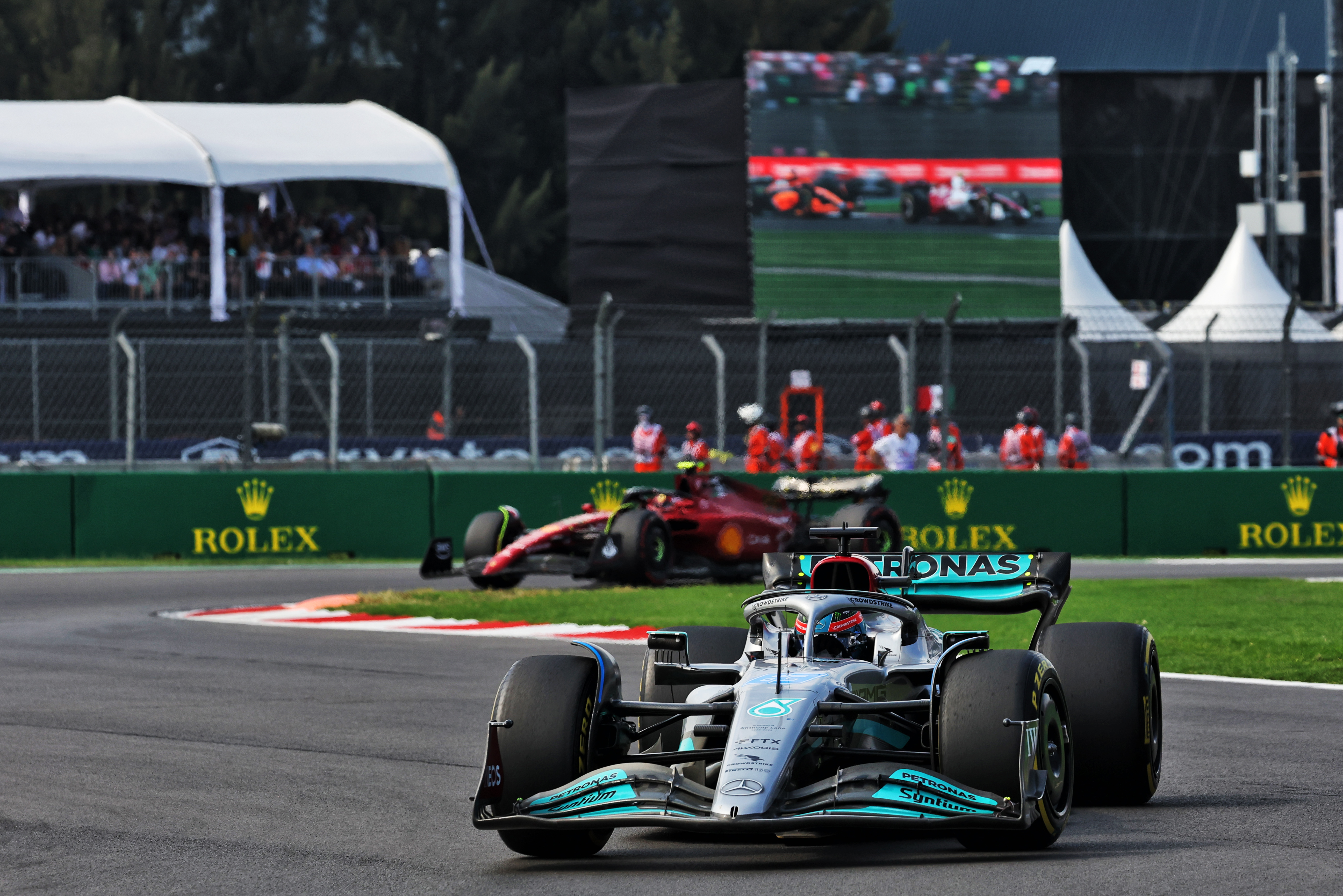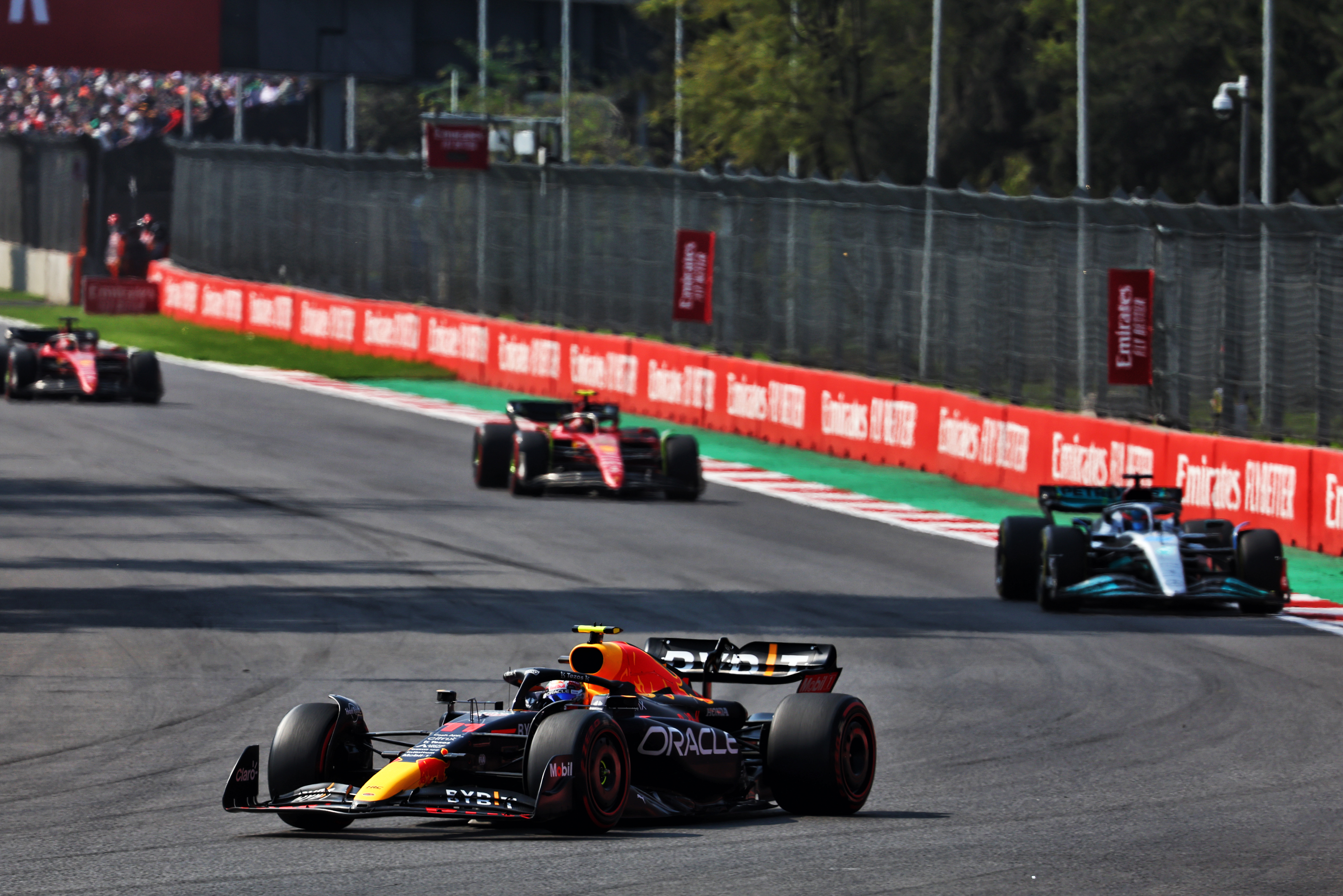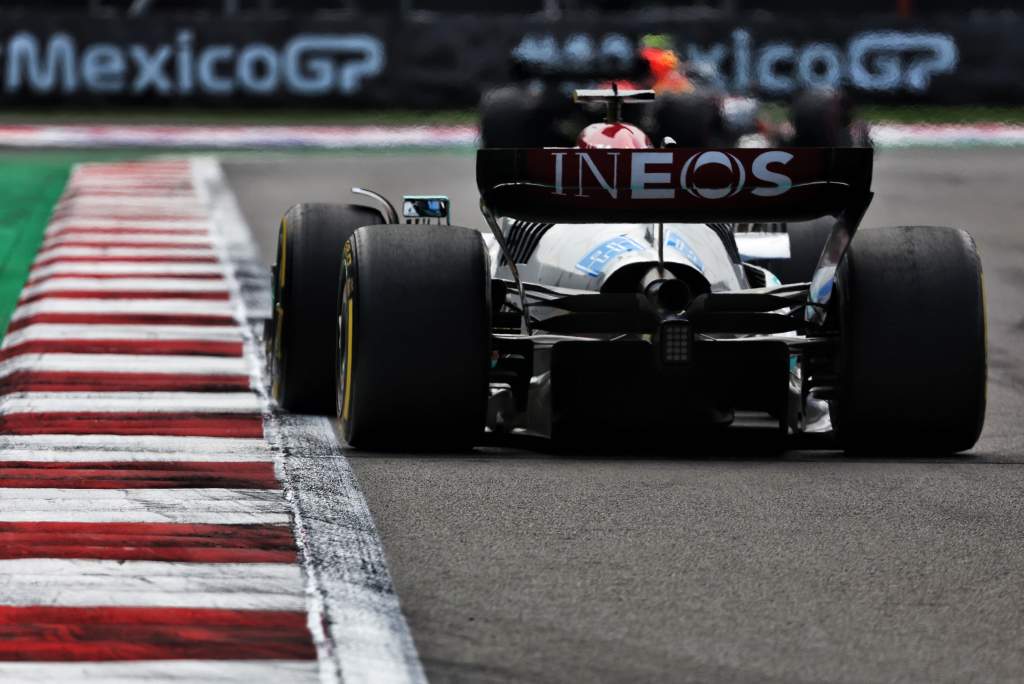Up Next

It’s obvious that Mercedes’ early struggles in misjudging its 2022 Formula 1 car concept severely compromised in-season development, but Toto Wolff has now quantified the loss to his team’s aerodynamicists.
Mercedes has still thrown new parts at the W13, including a recent front wing upgrade for Austin/Mexico that had to be modified before it was considered legal to race, and it has outscored Ferrari comprehensively over the past two races, suggesting Mercedes is slowly clawing its way back into the hunt.
But inherent weaknesses remain, particularly in regard to a rear suspension set-up that generally prevents the car from being run in the ideal ride-height range to produce decent downforce without the car bouncing too aggressively and then shedding that load over bumps and kerbs (and rattling its drivers’ brains and spines).
Mercedes worked to understand the root cause of that disturbance early in the season, and has since added performance to the car, but the team is now hinting at a change of concept for 2023 to try to lift it properly into the fight with Ferrari and Red Bull.
This will not be the work of a moment, and Wolff admitted the team will need to play a “long game” to overcome many months of development time lost to Red Bull during this self-inflicted need to problem-solve at the start of the season.
“We believe we understand where the gap comes from and we’ve lost eight or 10 months in terms of development because we couldn’t figure out what was wrong,” Wolff said in the aftermath of his team’s comprehensive defeat to Red Bull in the Mexican Grand Prix.
“So there’s definitely a challenge and we are playing the long game here, all of us.
“You can’t judge the team’s performance on a single year, [but] how we’ve been able to win championships over the long-term.”
Mercedes expected Mexico to be its best remaining chance to win a race in 2022, thanks to the high altitude and relatively smooth track surface maximising the car’s strengths on high-downforce settings and minimising the impact of the usual drag penalty that carries.
But George Russell and Lewis Hamilton, despite being fast, still ultimately missed out on pole position before Max Verstappen beat Hamilton convincingly in the race, so there’s still a huge amount of work to do for Mercedes to get back to fighting consistently at the front.

“I always see the glass half-empty, so there’s nothing to really see positive,” Wolff said.
“Red Bull has just had nine [sic, he means 10] wins in a row, no reason to be overwhelmed with finishing second and fourth.
“We have a long way to catch up, we have the winter, doing some good development on the car, some of the things we are finding might be better steps than just adding a few points of downforce.
“Giving it whatever we have and more in order to put us back in a position to fight for a championship.”
Wolff said Mercedes’ simulations – which, let’s face it, didn’t do a great job of predicting the correct race strategy for Mexico – indicate Mercedes can still win one of the remaining two races in Brazil (more likely) and Abu Dhabi (less likely).
But he was also sensible enough to see Ferrari’s underperformance in Mexico as an outlier and expects a much tougher fight to be second best at the next race, never mind challenging Red Bull again.
Wolff described Ferrari as “a strong team” and admitted “maybe this circuit [Mexico City] flattered us”.

“After Brazil we maybe have more of a picture,” he added. “I don’t think they are suddenly half a minute slower than us.”
Ferrari had specific problems in Mexico, some related to the car set-up and ride quality that the team says it doesn’t fully understand yet, and some related to the engine configuration – particularly a small and less efficient turbo configuration than its main rivals – which handicapped the engine severely on the straights and coming off the corners.
Team boss Mattia Binotto said Ferrari also stopped developing its 2022 car some time ago, in order to focus on next season, so perhaps the Scuderia will put up a better fight in 2023 too.
“I think here it has been a lot more difficult and I’m hoping that’s not a trend but an outstanding weekend for us,” Binotto said of Mexico.
“The hope is first try to analyse what’s going on, what have been the main issues here in Mexico, and try to be back at our level of competitiveness at least for the last three races [two grands prix plus a sprint] including Sao Paulo – [the] hope is to be there and fight for a better result.
“Now Mercedes is coming back as they develop more on the car than we did. We know ourselves that we stopped quite early the development of the car, focusing on 2023, so somehow I’m not too concerned about the rate of development because I know when we stopped developing it.”
Red Bull too thought Mercedes was somewhat flattered by the specific circumstances of Mexico, so expects something closer to the normal order of things to be resumed before this season concludes.

“I think this track has suited their strengths,” said Christian Horner of Mercedes in Mexico. “Ferrari looked like they were a little bit handicapped this weekend, so I’m not sure you saw their real pace. I’m sure they’ll be back.”
But whether Mercedes can get properly back to the level it expects consistently next year will depend on somehow overcoming the development head start it handed its rivals at the beginning of this season, and somehow unlocking significantly more downforce than the W13 can produce now at a higher range of ride heights than it currently wants to sit in.
All this at a time when F1’s budget cap reduces further still for 2023, so experimentation in the wind tunnel and on CFD must become increasingly precise. Those extra Aerodynamic Testing Allowances for Mercedes next year, relative to Ferrari and Red Bull thanks to F1’s new performance balancing in this area, are going to be vital – and require a high degree of accuracy and efficiency when deployed if Mercedes is to somehow make good on its promise to become a championship contender again.






